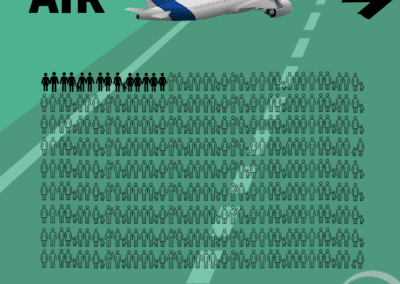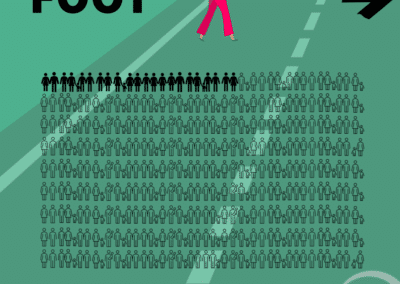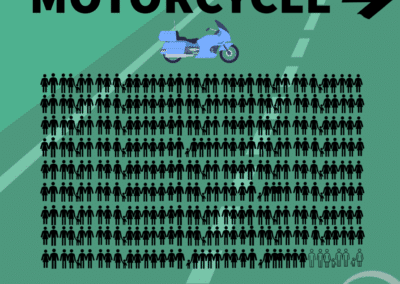The conversation around vehicle safety often centres on private vehicles and their ability to protect occupants. This focus leaves gaps in our understanding of safety outcomes for mass transit modes like passenger rail and buses.
Isolated studies have suggested significant safety benefits from shifting trips from private vehicles to public transport. A study published by the Australian Transport Safety Bureau (ATSB) in 2002 highlighted this. When normalised for passenger trips, public transport modes were found to have fatality rates of just 10 – 20% of those observed in passenger cars. However, this analysis relied on older data.
In recent years the spotlight is back on this important topic:
Elvik (2019) published a meta-analysis in the International Journal of Environmental Research and Public Health. The study reviewed global research and presented new data from Norway, confirming that injury rates on rail and buses are significantly lower than for other transport modes.
Truong and Currie (2019), in Accident Analysis and Prevention, used Melbourne as a case study. Their research showed that shifting commuting trips from private vehicles to public transport could lead to notable reductions in both total and severe crashes.
While motorcyclists were excluded from these studies, the European Transport Safety Council’s 2003 report provides valuable insights into their safety performance across transport modes which is why it was used for the infographic below.
————–
Follow Safe System Solutions Pty Ltd for more Safe System Snippets
The research:
🎓 ATSB (2002). Cross modal safety comparisons.
🎓 Elvik, R. (2019). A transport policy whose injury impacts may go unnoticed.
🎓 Truong, L. T., & Currie, G. (2019). Macroscopic road safety impacts of public transport.








